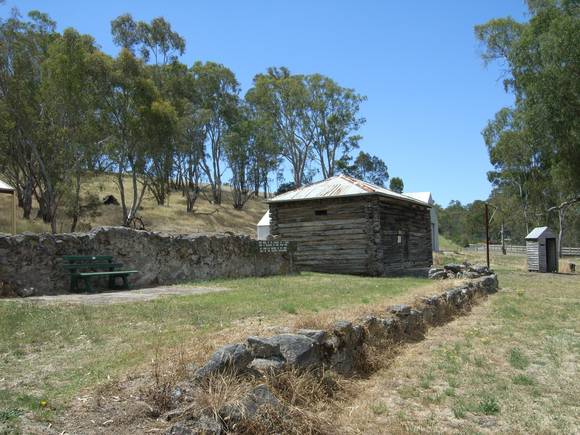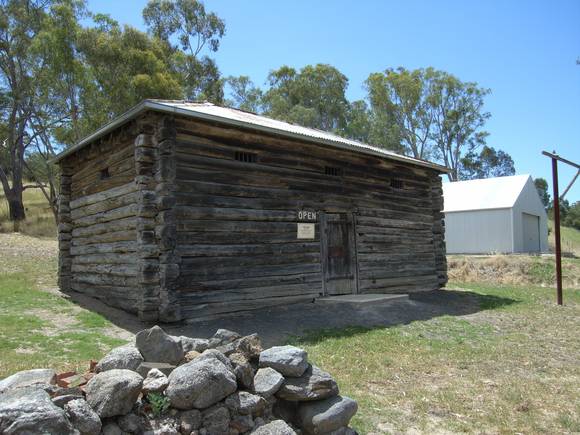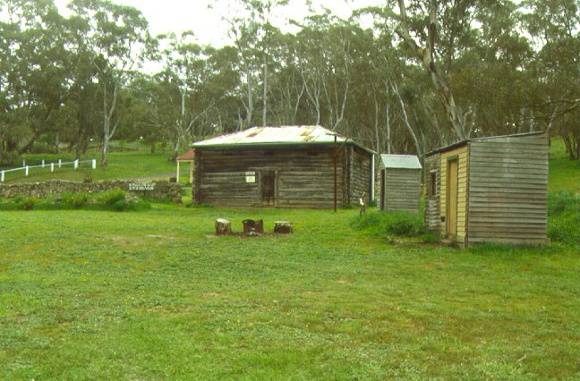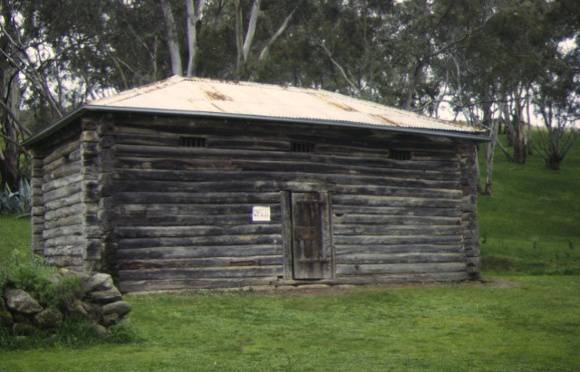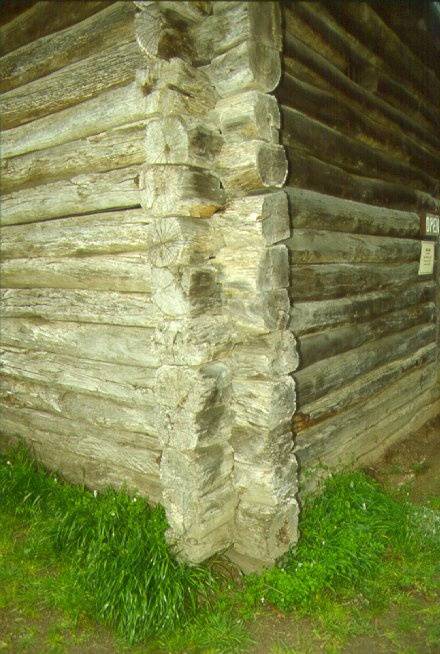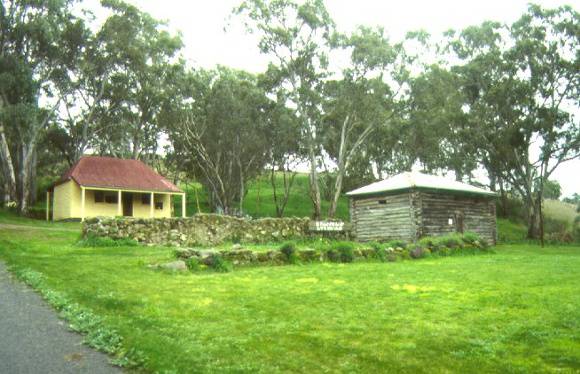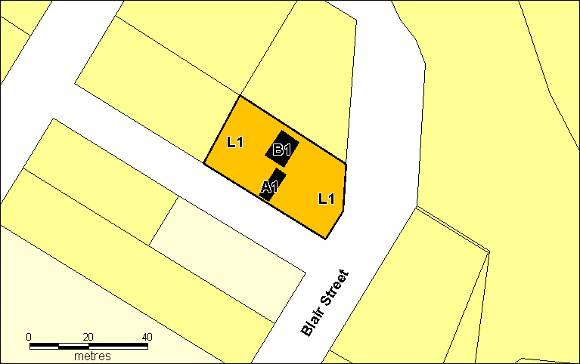| Back to search results » | Back to search page » |
|
FORMER LOG LOCK-UP
Other NamesLOCK UP , LOCKUP Location2-6 BLAIR STREET HARROW, WEST WIMMERA SHIRE
File Number603123LevelRegistered |
|
Statement of Significance
What is significant? The Log Lock-up at Harrow was erected under the supervision of the
Public Works Department and was built in 1859 by a Melbourne
contractor called Baillie. Reputedly, a more elaborate gaol had been
planned but was not built. A Court of Petty Sessions had been
established in Harrow in 1853. The Casterton Police District was
defined in 1855 and a log lock-up, similar in description to that at
Harrow but since demolished, was built at Casterton. The Lock-up was
used by the Harrow Police Garrison as temporary accommodation for
prisoners awaiting trial. Adjacent to the Lock-up is the archaeological remains of the Cobb
& Co stables. After the lockup ceased being used for prisoners it
passed into the ownership of Cobb & Co and its successors. The
coach route via Harrow was opened up as an extension of the Hamilton
to Portland run, serving centres away from the railway routes which
were forcing the coach operator to look for new markets. The gaol may
have been used by the coach company as a residence for their drivers,
and became known locally as ?The Logs?. Thomas Cawker was the
well-known driver serving this and other Glenelg routes in the 1890s. The building is approximately 8.5 metres long, 7 metres deep and 3
metres high. It is constructed of rough-hewn logs stacked fourteen
high, with the logs crossed and half notched at the corners. The log
ceiling is covered by a hipped roof, originally probably covered by
shingles but now covered with corrugated iron. This type of solid
vernacular structure was favoured as the best method of building
secure lock-ups in country areas where timber was plentiful. How is it significant? The Log Lock-up at Harrow is of architectural, historical and
archaeological significance to the State of Victoria. Why is it significant? The Log Lock-up at Harrow is architecturally significant as an
example of an uncommon building type, and is one of only half a dozen
such buildings surviving in Victoria. Log construction was favoured by
the Public Works Department as the best method of building secure
lock-ups where brick or stone was not readily available, and where
labour, sometimes in the form of prisoners, was cheap. The Log Lock-up at Harrow is historically significant as evidence of
the early presence of a police garrison in the town. It demonstrates
that Harrow was once an important administrative centre in the region,
and a strategic location on the Glenelg for patrolling the pastoral
districts between Casterton, Hamilton, Horsham and the South
Australian border. The site is of scientific (archaeological) significance for the above
ground wall ruins of apparent stables (believed to have been used by,
amongst others, Cobb and Co) and the potential of any below-ground
deposits to contribute to the understanding of the site.
Group
Law Enforcement
Category
Gaol/Lock-up


